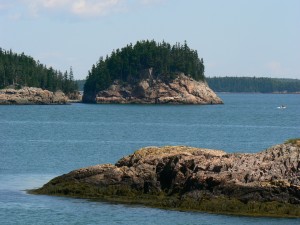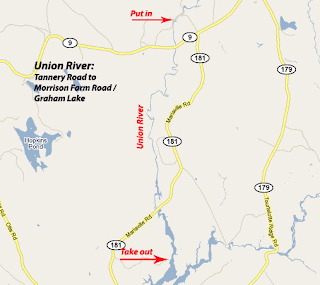The sport of paddling has come a long way from the birch bark canoe and the skin-on-frame kayak. Like a lot of things, as the sport has evolved, the trend has been toward increasing specialization. Way back when, you made that initial choice between a canoe or a kayak, and then you were set — or at least your grandfather would have you think it was so.
These days, when you buy a canoe, you choose between expedition, wilderness, tripping, recreational, whitewater, or racing. With kayaks, it is even better (or worse, depending on your perspective). You choose between whitewater, rec, sit-on-top, sit-in, touring, or sea kayak. If that’s not enough, you can select a surf ski, fitness kayak, women’s kayak, children’s kayak, or paddle board. Narrow it down to whitewater, and you still must decide between downriver, creek, play, squirt, or surf. Sea kayaks are high, medium, or low volume, and are for racing, touring, or play. You get the idea.
A funny thing happens though. When things diversify far enough, they start to merge or form hybrids — and that is the recent trend. New products coming out late 2010 / 2011 reflect this movement toward crossovers. It may be that designers have finally acknowledged that not everyone has a boathouse big enough to hold a fleet of boats — or an income ample enough to pay for them. For example, it used to be that surf skis were tippy and fast. However, Epic’s new V8 proportedly can give you the fast without the tippy, and thus serve for more purposes than just straight ahead paddling.
A company called Paddledry provides canoe deck covers designed to help you keep as dry as you would be in a kayak while in your canoe. Want to extend your season, without buying a kayak, the canoe deck cover could be part of your solution.
The Astral Camino PFD provides another way to have your cake and eat it too. Wear your pfd in the summer without getting overheated. Wear the same pfd in cooler weather and it keeps you warm. All of this due to advances such as breathable Airescape technology.
For kayakers who want to carry more gear, for canoers who want to paddle solo, or for those who can’t decide between kayak and canoe, the Adirondack Pack Canoe bridges the gap. It can be paddled like a kayak, yet has the gear carrying capacity and the easy to load attributes of a canoe.
Point 65 of Sweden came out with the modular take-apart sit-on-top Tequila about a year ago. New for 2011 is the Martini, the world’s first modular take-apart closed deck kayak. Can’t decide between a single, tandem, or 3-person kayak? By simply adding or removing sections, the Martini can provide all three. Need to carry your kayak in the bed of a pickup truck or in the back of a van? The Martini can be broken down to its modular sections and is then short enough to fit.
If things keep going in the direction of crossovers and hybrids, maybe we will finally arrive at that one perfect all-purpose do-anything go-anywhere boat that we have all been looking for. Come to think of it, I think I had one of those boats as a kid. Probably you had one too. It was just a basic boat. It wasn’t very big or fast — but it was a lot of fun, and what you could do with it was limited only by your imagination.


